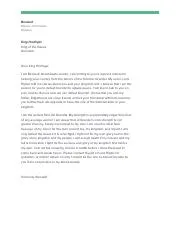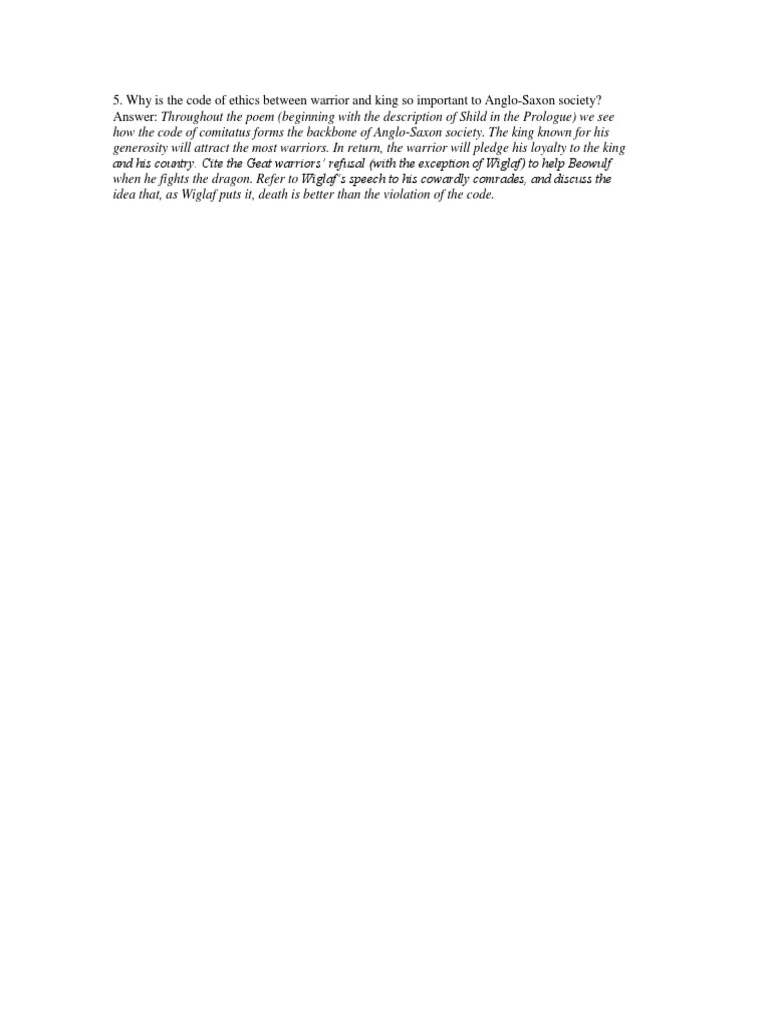Understanding the Beowulf Cover Letter
A Beowulf cover letter, in the context of a job application, is a crucial document. Unlike the epic poem about a heroic warrior, this cover letter serves as your introduction to a potential employer. It’s your chance to showcase why you’re the ideal candidate, going beyond the details listed on your resume. Think of it as your personalized sales pitch, highlighting your key skills, experience, and enthusiasm for the specific role. A well-crafted cover letter complements your resume by providing context, demonstrating your understanding of the job requirements, and expressing your personality and career aspirations. It is very important to make your letter unique for the specific job
Key Components of a Beowulf Cover Letter
A compelling cover letter is built upon several essential components, each playing a vital role in capturing the reader’s attention and convincing them of your suitability. Each component serves a specific purpose, from introducing yourself professionally to clearly articulating your value proposition. Neglecting any of these sections can diminish the overall impact of your application, potentially leading to your resume being overlooked. Focus on clarity, conciseness, and tailoring each element to align with the specific job requirements and company culture. Using relevant keywords from the job description can further optimize your letter.
Greeting and Introduction

Begin your cover letter with a professional greeting, addressing the hiring manager by name if possible. Research the company and role to identify the appropriate recipient. Your introduction should immediately grab the reader’s attention, briefly stating the position you’re applying for and where you found the listing. It should also include a concise, impactful statement of your primary skill or experience relevant to the job. This section sets the tone for the rest of your letter, making a strong first impression is crucial, demonstrate your understanding of the role and your immediate value.
Tailoring Your Skills
The heart of your cover letter should be showcasing how your skills and experience align with the job requirements. Carefully review the job description and identify the key skills and qualifications the employer seeks. Then, provide specific examples from your professional history that demonstrate your competence in these areas. Use the STAR method (Situation, Task, Action, Result) to structure your responses, providing context, describing your actions, and quantifying the positive outcomes you achieved. This approach helps the reader understand the value you bring to the table.
Highlighting Relevance
When showcasing your skills, focus on the aspects most relevant to the target role. Instead of listing every skill, select the ones that directly match the job description’s requirements. Use keywords from the job posting to demonstrate your understanding of the role and your ability to fulfill its responsibilities. Providing specific examples of how you have successfully utilized these skills in the past further strengthens your case, showing that you are not just listing skills, but can actually use them effectively.
Quantifying Achievements

Whenever possible, quantify your accomplishments. Instead of saying you ‘improved customer satisfaction,’ state the percentage increase achieved. Quantifiable results provide concrete evidence of your abilities and make your achievements more compelling. Use numbers, percentages, and data to showcase the impact you’ve made in previous roles. This data-driven approach adds credibility to your claims and gives the hiring manager a clear picture of your capabilities and contributions.
Demonstrating Enthusiasm
Expressing genuine enthusiasm for the role and the company is vital. Show that you’ve researched the company and understand its mission, values, and culture. Explain why you are interested in this particular opportunity and what aspects of the role or company appeal to you. This shows your commitment and demonstrates your potential for long-term success. It also helps to differentiate you from other applicants who may be sending generic applications.
Closing and Call to Action
Conclude your cover letter with a strong call to action. Reiterate your interest in the position and express your availability for an interview. Thank the hiring manager for their time and consideration. Provide your contact information, making it easy for them to reach you. A confident and proactive closing leaves a lasting impression and increases your chances of being contacted for an interview. Make sure you follow up with the employer, show them you are serious about the job.
Formatting and Style

The formatting and style of your cover letter can significantly impact its readability and overall effectiveness. A well-formatted cover letter is easy to read and professional in appearance. It shows attention to detail and respect for the reader’s time. Poor formatting can distract the reader and detract from the content of your letter. Make sure your letter is neat, well-organized, and visually appealing, it leaves a positive impression on the employer.
Font and Readability
Choose a professional and readable font, such as Times New Roman, Arial, or Calibri. Use a font size of 11 or 12 points for the body text. Maintain consistent formatting throughout the document, including spacing, margins, and alignment. Use clear and concise language, avoiding jargon or overly complex sentence structures. Break up large blocks of text with paragraphs, bullet points, and white space to enhance readability. A clean and organized layout makes it easier for the hiring manager to quickly grasp the key points of your letter.
Proofreading and Editing
Proofread your cover letter carefully for any errors in grammar, spelling, and punctuation. Typos and grammatical errors can create a negative impression and undermine your credibility. Have someone else review your letter to catch any mistakes you might have missed. Always tailor your cover letter to the specific job and company you are applying for. Personalize your cover letter to show that you have taken the time to understand the role and the organization. Ensure the tone of the cover letter is professional and reflects your personality.
Common Mistakes to Avoid

Avoiding common mistakes is crucial for a successful cover letter. These errors can undermine your application and potentially lead to your resume being overlooked. By being aware of these pitfalls, you can create a cover letter that effectively showcases your qualifications and helps you stand out from the competition. Always remember that this document is a reflection of your professional image, so it’s important to present it carefully and professionally.
Generic Language
Avoid using generic phrases and clichés that could apply to any job. Replace them with specific examples that highlight your skills and experiences. Generic language makes your cover letter sound impersonal and can suggest a lack of genuine interest in the role. Use action verbs, such as ‘achieved,’ ‘managed,’ or ‘developed,’ to showcase your accomplishments. Avoid phrases such as ‘I am a team player’ or ‘I am a hard worker’ unless you can provide concrete evidence to support these claims.
Typos and Grammatical Errors
Carelessly made errors undermine your credibility and attention to detail. Always proofread your cover letter and have someone else review it before submitting it. These errors give the impression of sloppiness and can make the hiring manager question your professionalism. Utilize spell-check tools, but don’t rely on them completely. Errors can often go unnoticed by software. Reading your letter aloud can also help you catch mistakes and improve the flow and clarity of your writing.
Ignoring the Job Description

Your cover letter should be specifically tailored to the job you’re applying for, matching your skills and experience to the requirements in the job description. Addressing the specific needs and requirements outlined in the job posting is critical to demonstrating your suitability for the position. Failing to tailor your cover letter shows a lack of interest and can make the hiring manager question whether you’ve actually read the job description. Instead of sending a generic cover letter, create a custom version for each application, emphasizing the skills and qualifications that align with the employer’s needs.
